WATERVILLE — Colby College’s Arts Collaborative in the downtown is nearing the end of construction and will open to students and fellows at the end of the month.
The building at 18 Main St. has been under construction for the last several months. While the space will host student groups in coming weeks, pandemic concerns have limited the college to a soft opening, with an official opening scheduled for the fall.

The two buildings at the location have been connected, and while the renovation kept much of the historic brick exterior of the joined buildings, the inside has been completely reimagined.
A gallery and exhibition space occupy the first floor, with the front wall facing Main Street lined with floor-to-ceiling windows and garage doors made of glass that can roll up to open the space to the sidewalk. Theatrical lighting will help accommodate live performances, and a sliding door made of wood reclaimed from the old flooring of the building can separate the space into two, to better host multiple events.
The area is designed to be an interactive and flexible creative space for the community, said Teresa McKinney, Diamond Family Director of the Arts at Colby College.
“When we say creative space, it means that the community can come observe something, create something themselves, engage in the arts in some way while they’re in this space,” McKinney said.
Although the space is currently open only to the Colby community, the plan is to gradually open as the year progresses. Over the summer, events will be open to the public, and the space is expected to be fully open by fall.
Cal Waichler, a senior environmental science student at Colby, will be one of the first exhibitors in May. For her, art is about visualizing science and environmental themes.

Teresa McKinney, Diamond Family Director of Arts at Colby, leads a tour of the creative studio space Wednesday at Colby’s Arts Collaborative building on Main Street in downtown Waterville. Michael G. Seamans/Morning Sentinel
For the past year, Waichler has been a part of the Lunder-Buck Intern program, where she worked with Lunder Institute senior fellow Maya Lin and her team of researchers on the “What is Missing?” project.
As part of that, Waichler worked with another student to create ecological timelines of places throughout Maine, highlighting the environmental history of industrialization, deforestation, conservation successes and species returns or extinctions.
The initial timeline was virtual, but it has now been edited and converted to a physical timeline that will be displayed on the first floor of the Arts Collaborative. It will include maps, photographs and paintings to depict the changes over time.
“This physical installation is really exciting to be able to see our work in person in Maine and be able to gather around it and have conversations,” Waichler said.
Colby students and faculty, as well as creative fellows selected by the Lunder Institute for American Art, will occupy six large, open studios with plenty of room for creativity on the second and third floors.
Four fellows will start May 1: visual artist Adriane Herman, dancer and choreographer Riley Watts, visual artist Veronica Perez and electronic artist Jose Barrionuevo.

The Lockwood Hotel is reflected in the large windows of the Colby College Arts Collaborative building on Main Street in downtown Waterville. Michael G. Seamans/Morning Sentinel
Barrionuevo is a graduate of Colby College and goes by the moniker Killer Bee. He said he is excited to return to Waterville and engage with the community at the Arts Collaborative. He credits Colby with helping shape who he is as an artist and refining his work ethic.
In his work, Barrionuevo explores memory and nostalgia, and the ways that music connects and transports people. In his fellowship he plans to work on an album that explores spirituality and familial relationships with his Mexican American culture.
“I’m really excited to become a fellow and hopefully get to engage and collaborate as much as I can with Colby and the Waterville community,” Barrionuevo said.
The top floor of the building holds offices for the Lunder Institute for American Art and features a conference room and library.
The building as a whole comes in at just under 25,000 square feet. Brick walls are exposed throughout, reminding visitors of the origins of the location, even as extensive windows and open floor plans feel fresh and modern.
The construction is nearly complete. All that remains are a few technical adjustments inside and landscaping out back, including paving a parking lot and creating a small patio area. As the end of renovations approaches, the project is coming in on budget at $6.5 million.

Teresa McKinney, Diamond Family Director of Arts at Colby, and George Sopko, director of communications, stand on the fourth floor during a tour Wednesday of the Colby College Arts Collaborative on Main Street in downtown Waterville. Michael G. Seamans/Morning Sentinel
Nearly half of that amount was covered by a donation from Peter and Paula Lunder, formerly of Waterville, who have donated in the past to Colby and the arts.
“Peter and Paula Lunder really were the visionaries in so many ways for this project,” said Brian Clark, the college’s vice president for planning.
The Arts Collaborative is key to Colby’s efforts to strengthen the arts in Waterville, as well as the school’s dedication to developing the area. Colby is working to develop two other arts centers in Waterville, the Paul J. Schupf Art Center downtown along with Waterville Creates, and the Gordon Center for Creative and Performing Arts on Colby’s Mayflower Hill campus.
The pandemic was an unexpected obstacle, but Colby was determined to continue.
“Now is the time to continue to invest in Waterville, so that when Waterville comes through this pandemic, it’s in an even stronger space and this project was a real priority as part of that,” Clark said. “There was really no slowdown because of the pandemic. In fact we actually accelerated as best we could.”
A major component of the Arts Collaborative is to ensure the art is accessible to the broader community and engaging with the Waterville community, McKinney said.
“As far as the larger picture, you have emerging professional level artists that are working in this space, and then you have the downstairs where the community can engage in the process of creativity — but they can also meet the artists and understand their process,” McKinney said.
Send questions/comments to the editors.


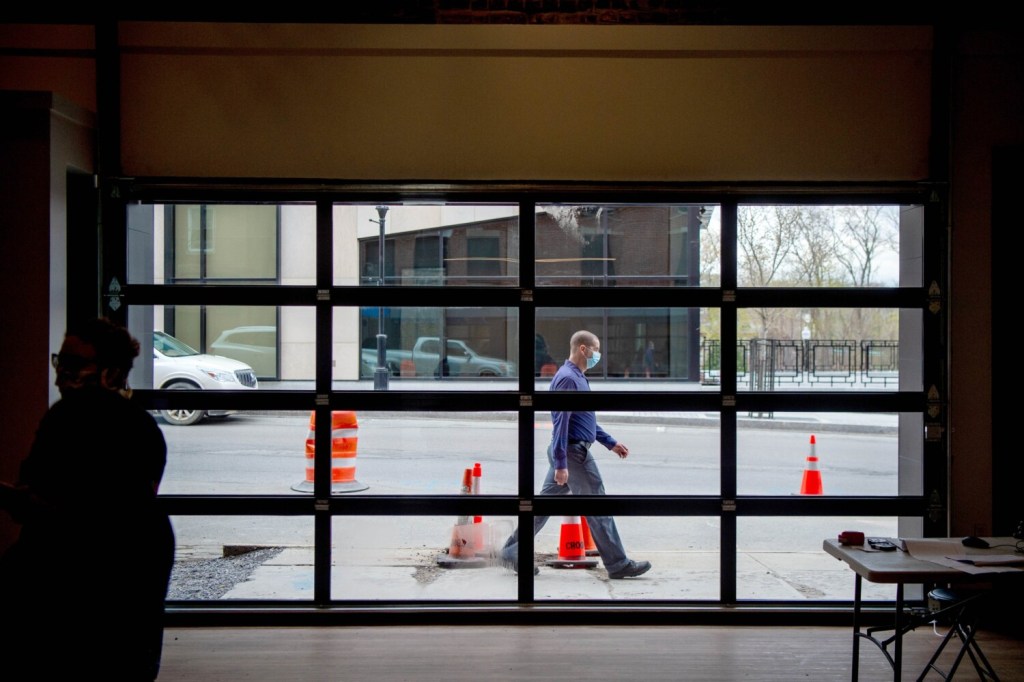
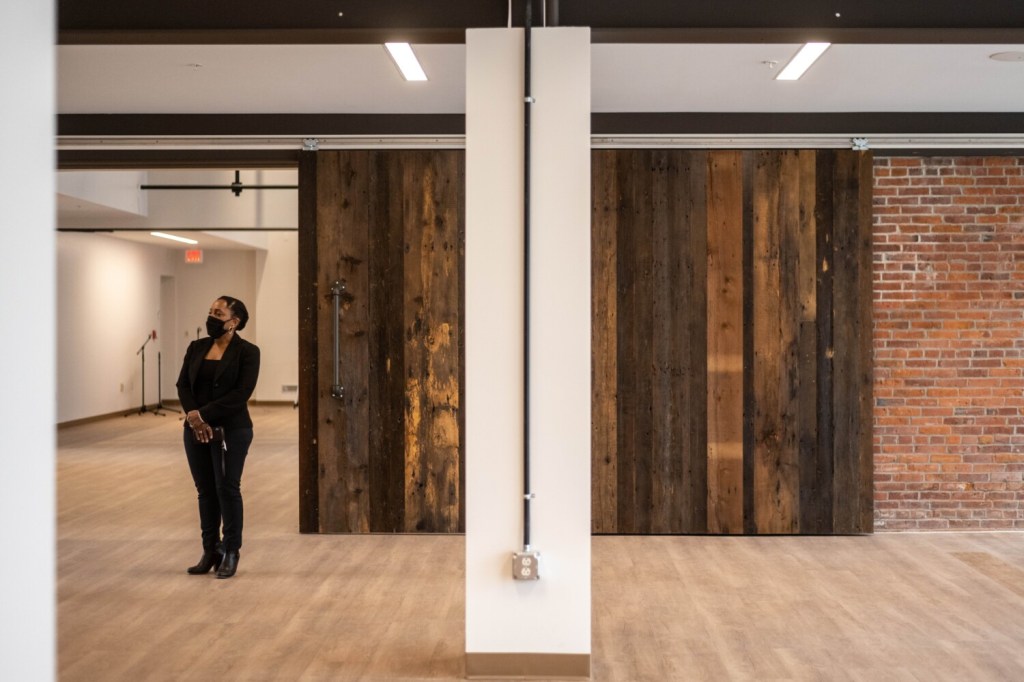
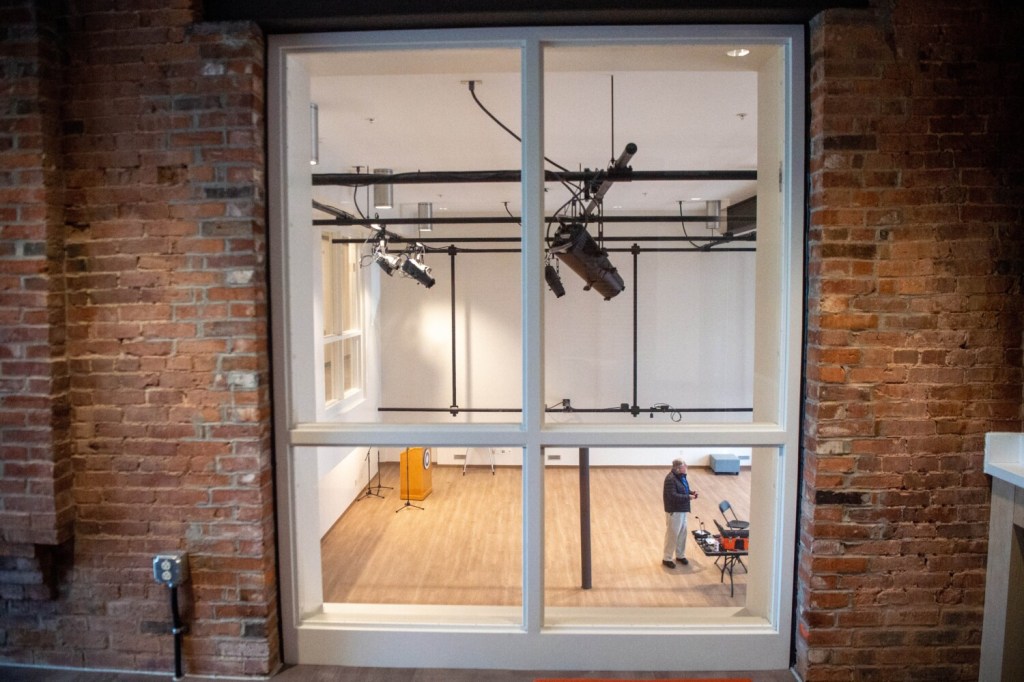
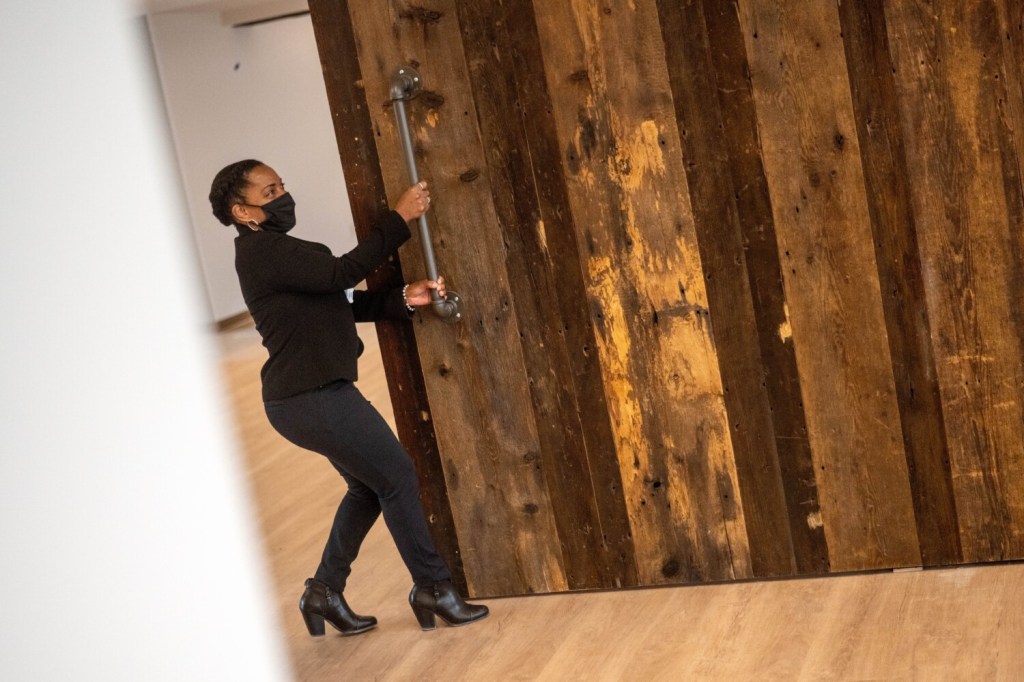
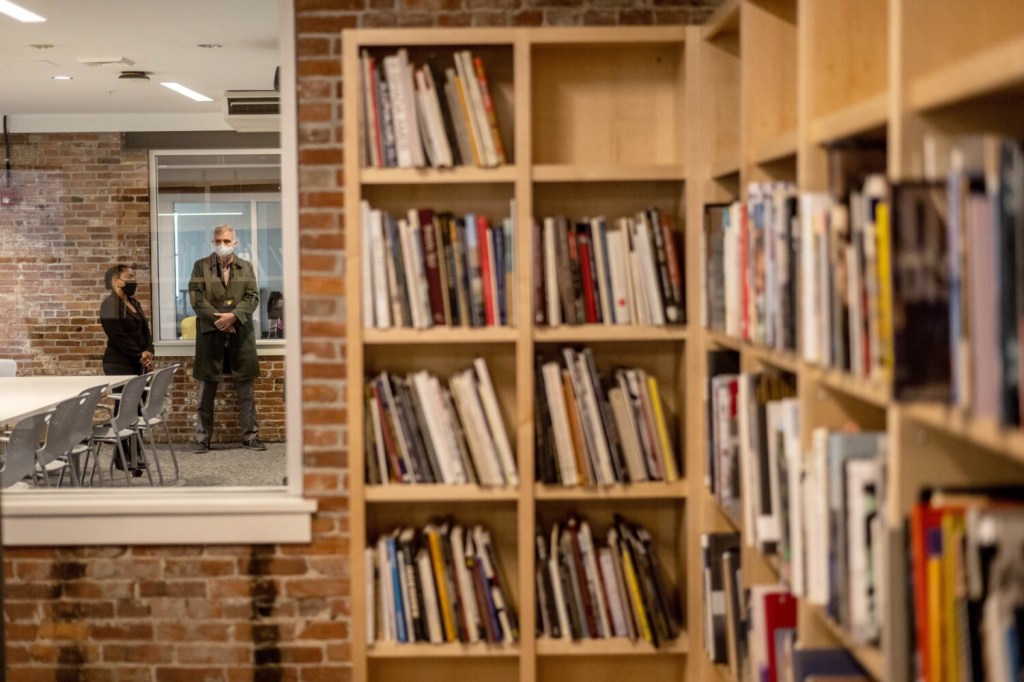
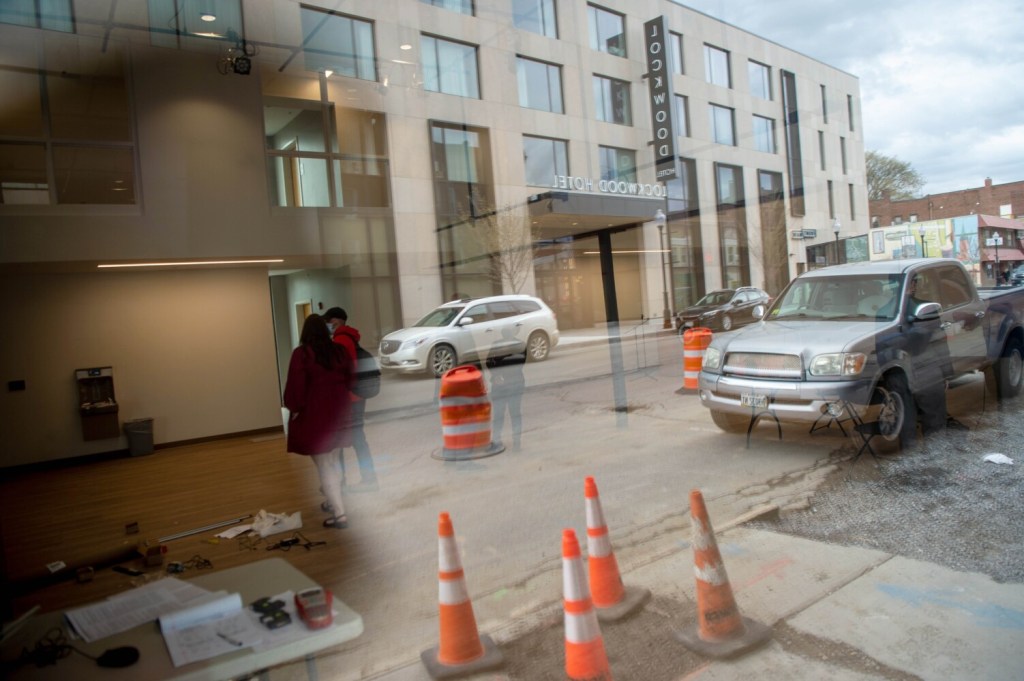
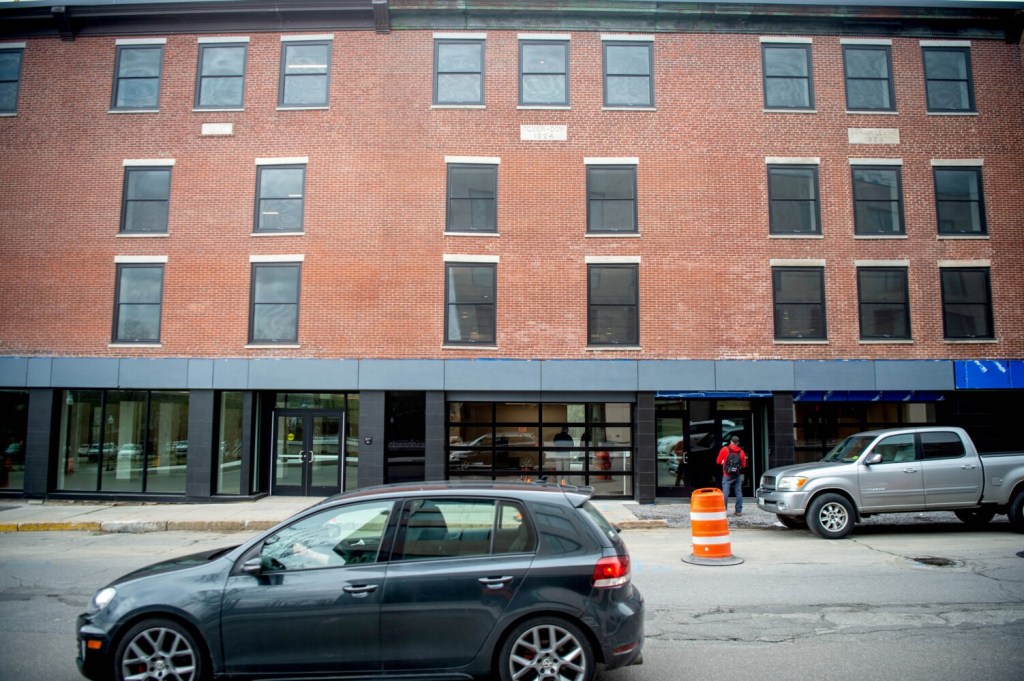
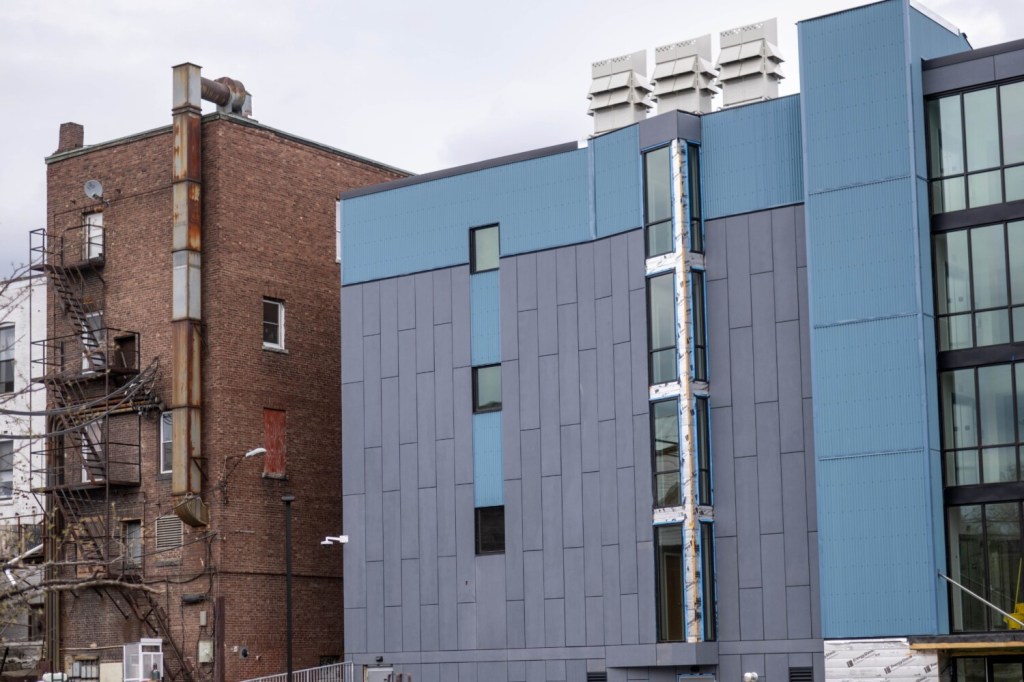

Comments are no longer available on this story